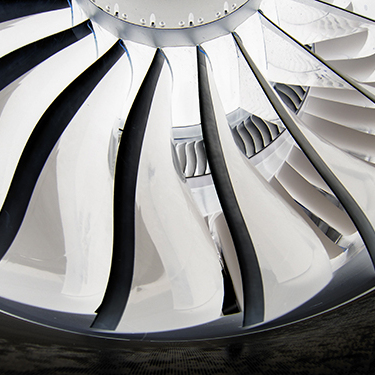But I'll break it down a little.
A 727-200 has a MMO of mach 0.90.
A 777-200 has a MMO of mach 0.87.
But they are not allowed to fly that fast! Atleast not in normal flight operations as far as I'm aware.
Some things determine that. Is it actually structural? Is there a actual stress threshold that would cause potentially fatal stress on the body or aircraft part when flying up to MMO with full throttle!
Would that 'potentially' be fatal per flight or would that significantly increase maintenance? It would duh, hence the word significantly.
Or is the reason not structural or technological but just more economical. Lower throttle is less of a pay day.
How bad would it be if a 777-200 pilot goes full throttle at FL360 for i.e. half an hour. Would things fall of, as in 'guaranteed'
Or is everything likely to turn out A-ok and all that's needed is a immediate and extra thoroughly inspection?
I know many variables are involved. The simplest would be the durability of the airliner, even if little to no extra strain or damage would occur.
But obviously durability is also a variable in this.
Are there more variables? I like them, give them to me
If somebody can break down to me why one alluminium casket is a-ok at mach mach 0.84 and the other is okido at mach 0.82?
Because I would really like to know what determines those limits.
I can't imagine why a change in few knot extra speed is dangerous and why a few knot slower is not only safe but durable and acceptable.
Luckily there are knowledged people who can answer it for me.




